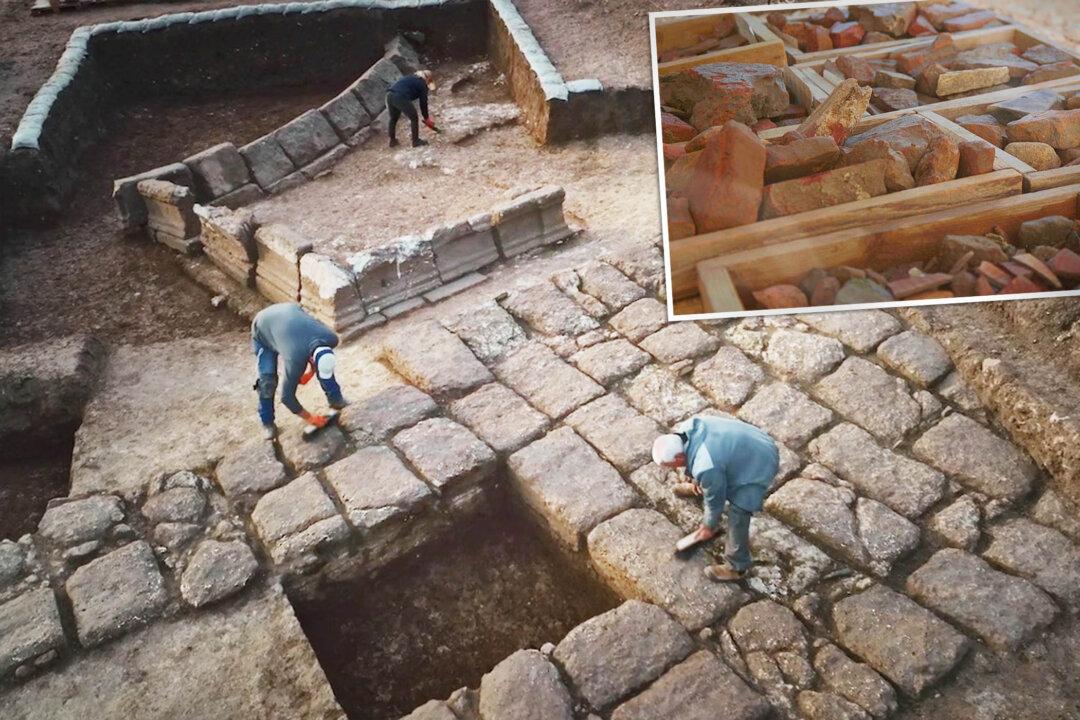The “extensive and impressive” remnants of an ancient Roman military base, dated 1,800 years old, are being uncovered along an important stretch of brand new highway about 20 miles southeast of the tiered coastal city of Haifa, the third largest city in Israel. A legionary camp of this scale, which once housed thousands of soldiers, has never been found in Israel before and stands to make a splash in the Roman archeological arena.
With government infrastructure planners and archeologists working hand in hand, the ongoing roadwork steadily plugs along. Netivei Israel (the National Roads Company of Israel) continues working on the interchange at the junction of Road 66 and Road 65 in northern Israel, while the omnipresent excavations being overseen by the Israeli Antiquities Authority (IAA) strive to preserve ancient history hidden beneath the sand.






